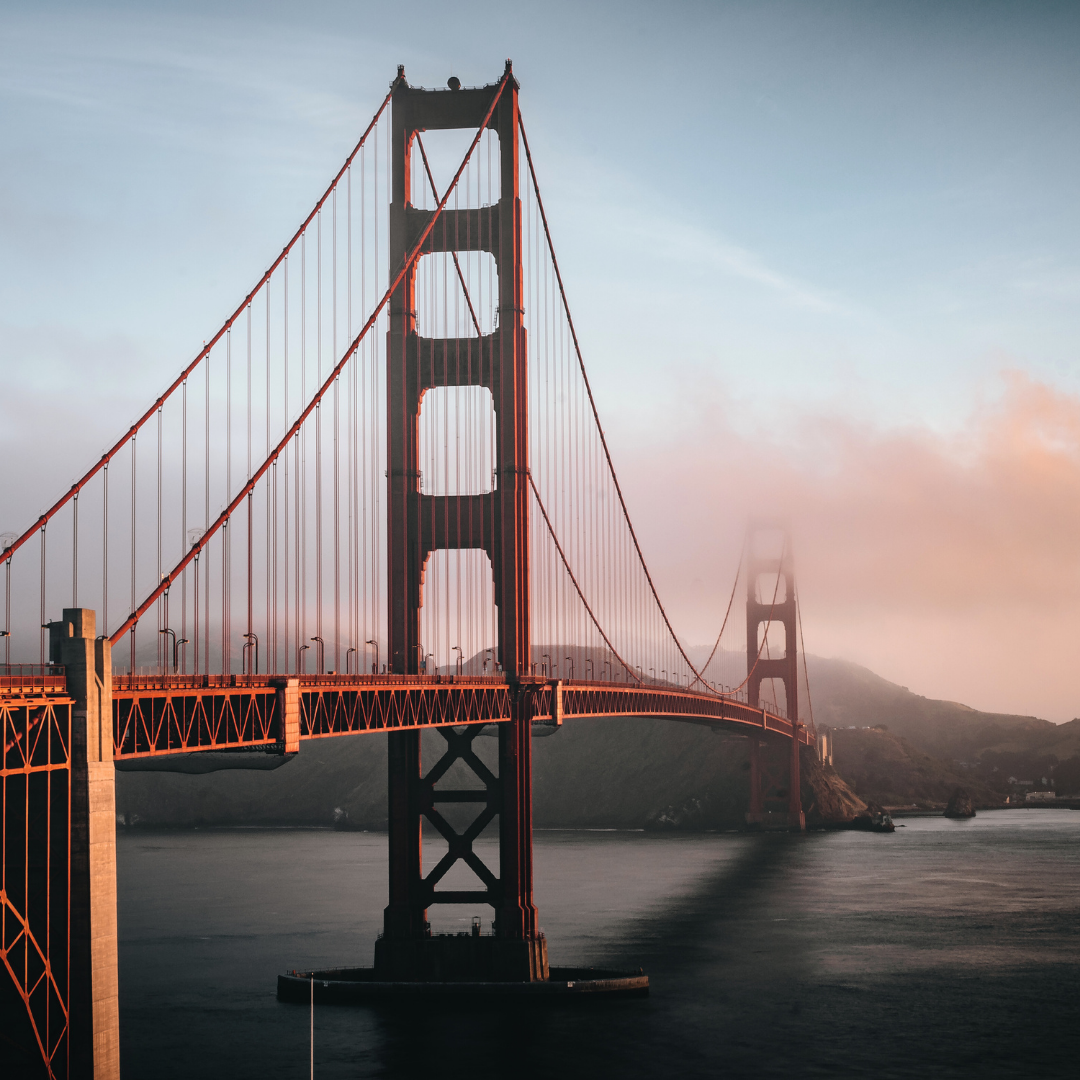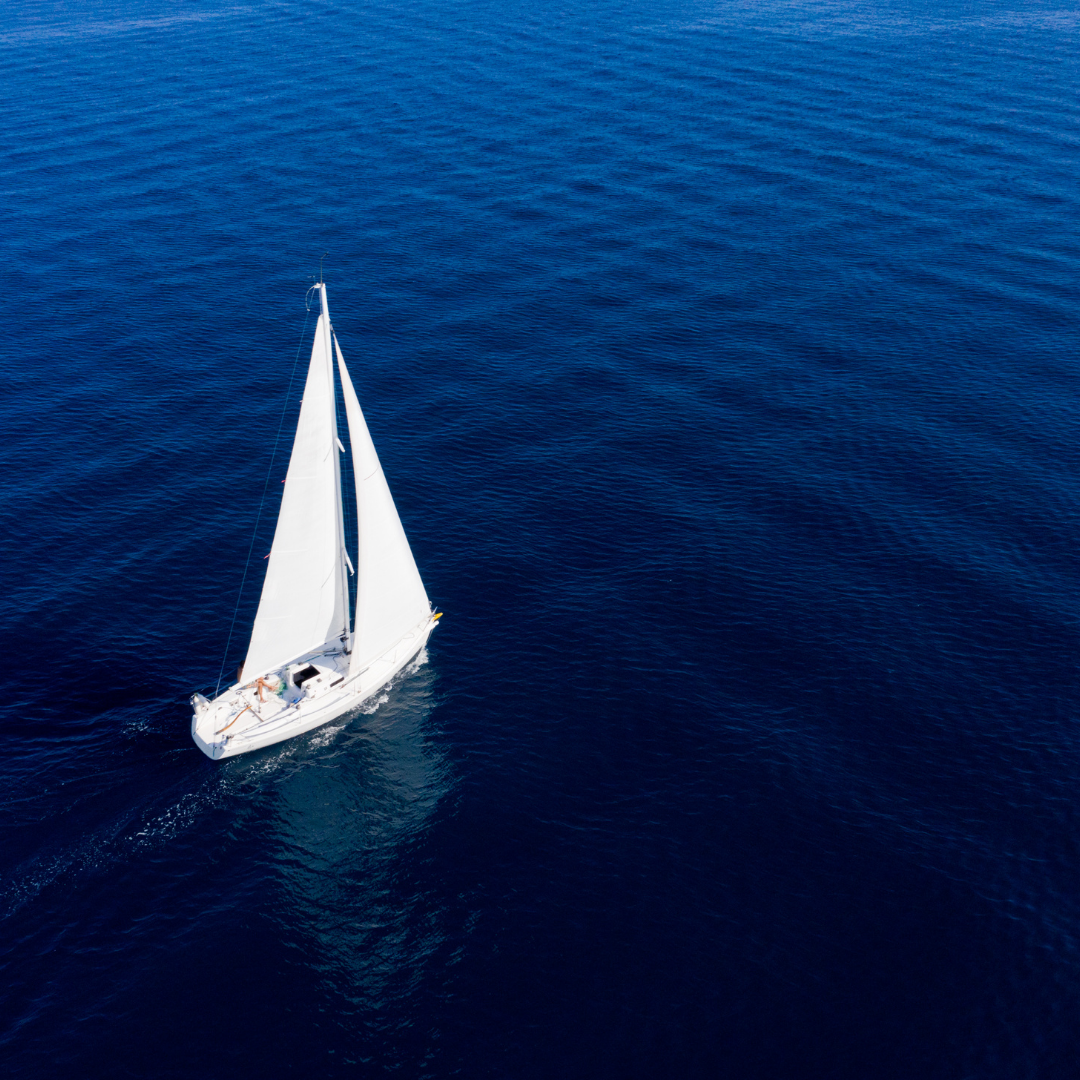Milford Sound: Sailing in a Fiordland Wonderland

The mystical allure of Milford Sound, situated in the heart of New Zealand’s South Island, is unparalleled. As one of the most iconic destinations within Fiordland National Park, this majestic fiord offers visitors an immersion into a pristine world where steep cliffs meet tranquil waters, creating a serene tableau. Carved by ancient glaciers and set against the backdrop of the lush rainforest, Milford Sound is a haven for sailors and nature enthusiasts alike. As we delve into the depth of this watery realm, we discover the magic of sailing amidst cascading waterfalls, unique wildlife, and verdant landscapes.
Introduction to Fiordland: New Zealand’s Majestic Wilderness
Fiordland, stretching over 1.2 million hectares, stands as one of the largest national parks in the world. This UNESCO World Heritage site is an epitome of nature’s grandeur with its deep fiords, towering mountains, and ancient forests. Born out of the Ice Age’s glaciation, Fiordland’s topography is a testament to the force and beauty of nature. Milford Sound, its crown jewel, draws its charisma from this very wilderness, presenting a microcosm of Fiordland’s breathtaking beauty. As sailors venture into these waters, they don’t just navigate a fiord; they traverse millennia of geological and ecological evolution.
Best Times to Sail Milford Sound
Though Milford Sound is enchanting year-round, each season offers a distinct experience. Summers (December to February) bring mild temperatures and longer daylight hours, making it ideal for various activities. Autumn (March to May) enchants with golden hues as the foliage transitions, offering clear skies and calm waters. Winters (June to August), while colder, present a unique spectacle with snow-capped peaks. Spring (September to November) brings new life with blossoming flora and gushing waterfalls. Regardless of the season, early mornings and late afternoons are optimal, avoiding peak tourist hours and witnessing the fiord’s ethereal tranquility.
Wildlife Encounters: Seals, Dolphins, and Native Birds
One of Milford Sound’s splendors is its abundant wildlife. New Zealand fur seals are often seen lounging on rocks, especially near Seal Rock. Playful pods of bottlenose dolphins are frequent visitors, their graceful antics delighting onlookers. For bird enthusiasts, the fiord is a paradise with native species like the Fiordland crested penguin and the kea, a cheeky alpine parrot. As one sails, the melodic chorus of birds, coupled with sightings of marine life, creates a vibrant tableau, underlining the rich biodiversity of this ecological haven.
Waterfalls and Natural Landmarks: Must-See Spots
Milford Sound boasts some of the most spectacular waterfalls in New Zealand. Lady Bowen Falls, the tallest at 162 meters, impresses with its mighty cascade, while the ethereal Stirling Falls, plunging from a height of 146 meters, often gifts sailors with a rainbow. The iconic Mitre Peak, rising dramatically to 1,692 meters above sea level, stands sentinel over the fiord, its silhouette often mirrored in the glassy waters below. As sailors chart their course, each bend and turn of the fiord unveils natural marvels, forging memories etched in mist and splendor.
Cruises and Guided Tours: Exploring with Local Experts
For those seeking deeper insights into Milford Sound, several cruises and guided tours offer enriching experiences. Expert guides narrate tales of Maori legends, geological wonders, and ecological intricacies, enhancing the journey. Whether it’s a sunrise cruise, capturing the fiord bathed in the golden hue, or a nighttime stargazing voyage under the southern constellations, each curated experience amplifies the magic of Milford Sound. These tours, often eco-friendly, provide an unparalleled perspective, combining local knowledge with the sheer beauty of the landscape.
Conservation Initiatives: Preserving Milford Sound
The pristine beauty of Milford Sound owes much to ongoing conservation efforts. Fiordland National Park, part of the Te Wahipounamu World Heritage area, is under stringent protection protocols. The Department of Conservation (DOC) runs initiatives like pest eradication, reforestation, and species protection to ensure the fiord’s ecosystems thrive. Sustainable tourism practices, like minimizing waste and following established marine routes, contribute towards these conservation goals. Visitors play a pivotal role in these efforts, their mindfulness ensuring Milford Sound remains unspoiled for future generations.
Anchoring and Overnight Stays: Making the Most of the Experience
To truly savor Milford Sound, many opt for anchoring and overnight stays. Designated anchorage spots, like Deepwater Basin, offer safe moorings. Several operators provide onboard accommodation, allowing visitors to experience the fiord under the starry expanse. Waking up to the serene mornings, with mist-shrouded peaks and the gentle lapping of water, is an experience unparalleled. Such stays, merging luxury with nature’s raw beauty, offer a holistic Fiordland experience, transcending the confines of time.
Milford Sound is more than a destination; it’s an odyssey into nature’s heart. As one sails its waters, it’s evident that this is not just a journey across a fiord but a voyage through time, witnessing the ancient dance of water, rock, and sky. The cascading waterfalls, the frolics of marine life, and the silent majesty of towering peaks come together to craft a narrative of timeless beauty. In the embrace of Milford Sound, one realizes that true wonder lies not in conquering nature but in surrendering to its sublime embrace, letting its tales, tales as old as time, wash over the soul.


